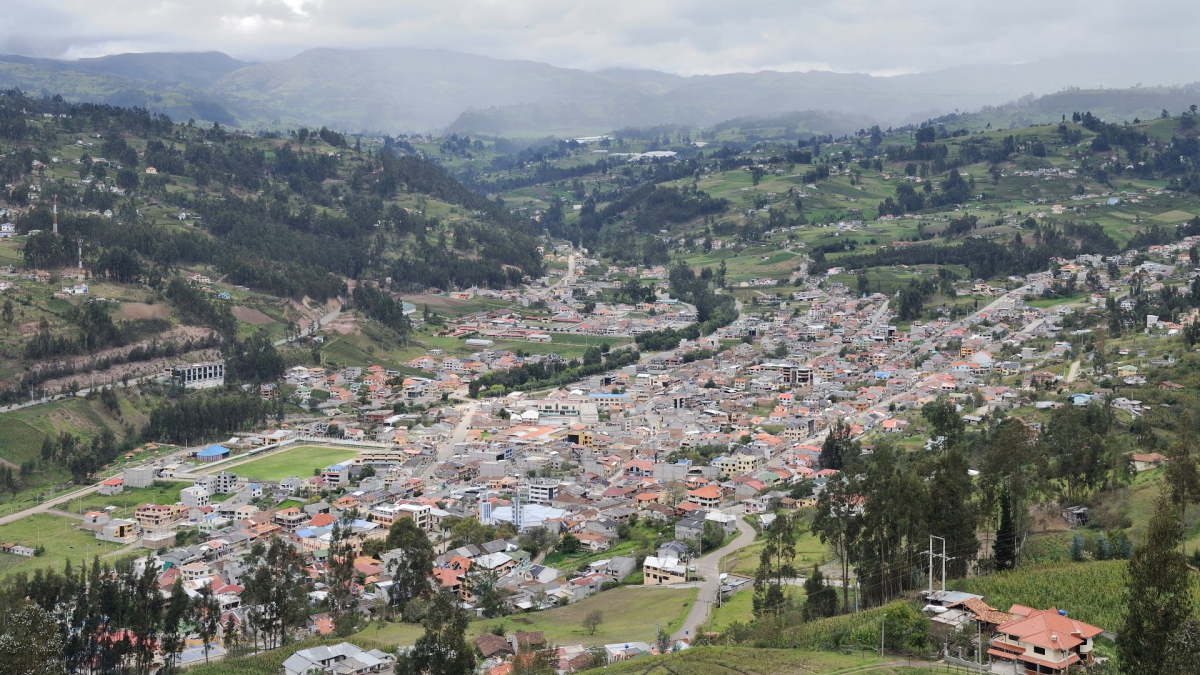Thanks to its accessible residency program, relatively short pathway to citizenship and solid quality of life, Ecuador has become one of the most popular Latin American countries to relocate to. This guide covers how to acquire residency, how taxation works in Ecuador and how to open a bank account.
Residency options
Ecuador, alongside Paraguay, is the easiest South American country in which to acquire residency. Unlike Paraguay, however, Ecuador does not offer any tax benefits. This means that it is not a suitable option for those wishing to live tax-free. Even worse, residents are liable to tax for up to five years after they leave the country if they relocate to a tax haven (unless certain conditions are met). Ecuador offers a much higher quality of life than Paraguay, however, and this should be factored into your decision if you plan to spend significant time there.
While there are nearly twenty ways to qualify for residency, the three that are of interest to us are the retirement, deposit and real estate options. To qualify for the retirement option, you must be able to prove that you will receive at least 800 USD every month after your move to Ecuador. To qualify for the deposit option, you must obtain a CD from an Ecuadorian financial institution with a value of at least 40000 USD (you can withdraw the money if you become a citizen or if you leave the country). To qualify for the real estate option, you must acquire a property worth at least 25000 USD. Please note that it does not matter how much you pay for the property, only its valuation is taken into account.
Regardless of the option you use to qualify, you should apply for residency from inside the country. This will greatly simplify the process. In the way of documentation, you will need apostilled copies of your passport, documentation supporting your application (for example, a proof of income or a property deed), a criminal background check from your national police and a letter of intent in Spanish. You will also need to fill forms at the immigration office and apply for a Migratory Movement (you can get this from the immigration office). Processing times vary but are usually under three months. Once approved, you will get an email containing the instructions on how to activate your visa. Once you have activated your visa, you will need to apply for an ID card (cedula).
After three years in Ecuador as a permanent resident (no more than 90 days outside the country), you will become eligible to apply for citizenship. The process is bureaucratic, takes up to a year and can easily cost over 1000 USD. Nevertheless, if you qualify and have the time I recommend applying. An Ecuadorean passport not only allows its holder to live in Ecuador indefinitely but also grants visa-free access to nearly all of South America. This makes it a worthwhile time and financial investment.
Taxation
Taxation is certainly not Ecuador’s forte. Rates tend to be high, most types of income are liable and few deductions exist. You will be deemed a tax resident of Ecuador for any year during which you spent at least six months in-country OR if deemed domiciled via ties. As a tax resident, you will be taxed on your worldwide income. This includes income generated in Ecuador, income generated abroad and remitted to Ecuador and income generated abroad and left abroad. Residents who relocate to a tax haven are subject to Ecuadorean taxation on their worldwide income for up to five years. The only way around this exit tax is to be able to prove that you spent 183+ days in the tax haven during the first fiscal year after your move from Ecuador.
Compliance
As a tax resident, you must file an annual tax return. There is one exception to this rule: if you only received income from Ecuadorian employment (on which the income tax withheld or paid is considered final). The fiscal year is the calendar year. The filing deadline is the 28th of March. Income tax rates are progressive up to 35%. Capital gains are taxed as normal income. If employed, you must contribute to social security at the rate of 9.45% of your monthly income (your employer will also contribute, at the rate of 12.15%).
Powerful tax strategies
You can find powerful tax strategies in The Freedom Surfer course, especially in module two and three.
Banking
Ecuador is somewhat of an interesting banking jurisdiction thanks to the USD being the local currency and the fact that non-residents can open a bank account relatively easily. With that said, do not expect sophisticated international banking products or reliable banking stability. Ecuador’s financial sector is still recovering from the Sucre crisis and is vulnerable to local and regional politics.
Opening an account
To open an account, you will need to visit a branch in person. Bring your passport, resident ID card, address details and a deposit (a few hundred dollars will usually do). The account opening process usually takes a few days and you may be asked to provide additional documentation such as a proof of income and a letter of recommendation. Once approved, your debit card will be available for pick up at the branch where you opened the account.
International transfers
Transferring money to Ecuador has become easier in recent years thanks to the rise of services like Wise and Revolut. Their rates usually beat the banks’ and they are far more secure than carrying large sums of cash.
